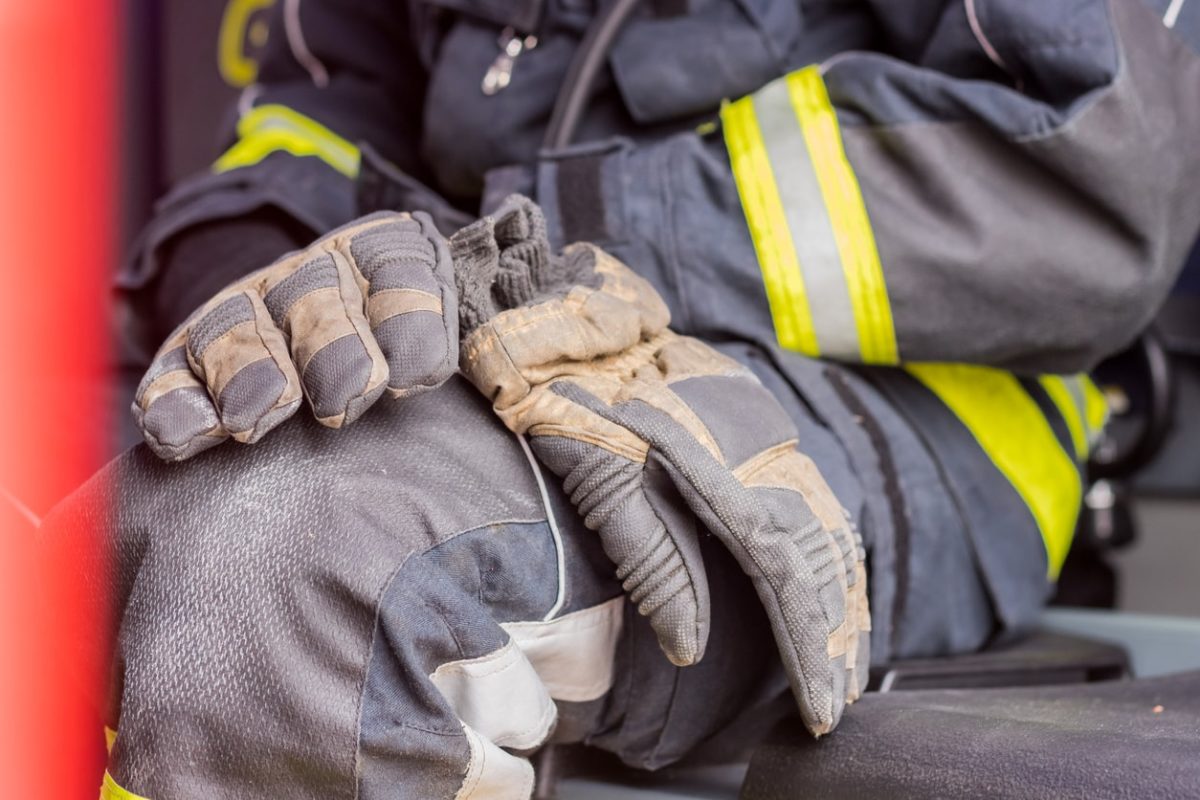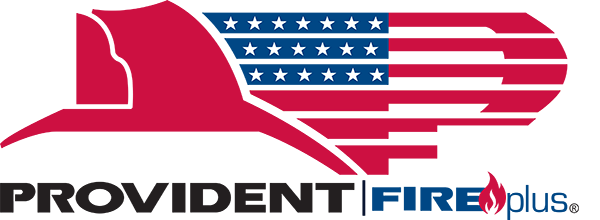
Injuries are inevitable both on and off the fireground. Even the most prepared firefighter will face situations that cause trauma to the body, and the body can only take so much.
Luckily, there are ways to prevent injuries from wreaking havoc on your career and life. Those in the fire service are taught to minimize the risks. This also should be the mentality regarding injury prevention. Although there’s no guarantee that we’ll have an injury-free career, there are things we can do to promote safety.
Stretch & Warm Up
Incorporate flexibility training into daily drills and workout programs. Increased flexibility can improve aerobic fitness training, muscular strength and endurance, and job-specific movements. Flexibility training can decrease soreness and stiffness, improve mobility on and off the fireground, and is great for relaxation. This can positively impact performance through increased mental toughness and stress relief.
A dynamic warm-up is essentially a series of low-intensity activities that target the muscles and joints involved in the given activity or exercise. Dynamic warm-ups gradually increase joint mobility, raise the body’s temperature, and increase heart rate and blood flow to the muscles and tendons. The warm-up increases the mind-muscle connection, contributing to better coordination and reflex time. Some great dynamic movements are lunges with a twist, pulling your knees to your chest, arm circles, and bodyweight squats.
Work your Core
Firefighters increased risk of back injury compared to other professions due to the rigorous physical requirements of the occupation calls for better core workouts. These back sprains result in significant lost time and medical expenses.
Help prevent back injuries by incorporating core exercises that strengthen through all planes of motion. A preventive core routine for firefighters should include planks and, more importantly, side planks and other exercises that improve the stamina of the lower back and glute muscles.
Practice
Incorporate motions regularly done on the field. If you break down the motions of the fireground, you’ll notice there are common movements. Stepping, crawling, carrying, pulling, pushing, slamming, twisting and dragging are all common activities done throughout a shift. These same activities should also be performed off the fireground in workouts and training.
Professional athletes routinely simulate “game situations” and constantly work on their skills to improve performance and reduce injury. Department training divisions should incorporate this same philosophy with training sessions that simulate realistic fireground and rescue scenarios.
Good Posture
Correct alignment of the neck and shoulders goes a long way! Maintaining correct alignment is difficult since life activities, like driving and using the computer tend to pull the head and shoulders forward. However, with proper shoulder posture, less stress is placed on the rotator cuff and biceps tendon. Good posture includes a relaxed neck with shoulder blades down and back. This position gives maximum stability to the shoulder joint and allows rotator cuff muscles to function optimally. Maintaining the shoulder blades in this position while performing activities on the fireground and/or gym should be practiced.
The back of the neck should be elongated with the chin slightly tucked. When the head is held in a forward position, muscles are constantly contracting to keep the head upright against the force of gravity. This position is especially damaging when wearing a helmet. When the head is aligned with shoulders, stress is relieved from the cervical muscles. Make a conscious effort to keep your neck and shoulders in good alignment.
About Provident FirePlus
At Provident FirePlus, we offer custom-tailored packages to best protect firefighters and volunteer firefighters. We understand the risks that emergency response teams are subjected to on a daily basis, and have worked to serve these dedicated professionals for over 87 years. For more information about our products and policies, we invite you to contact our experts today at (855) 201-8880.

